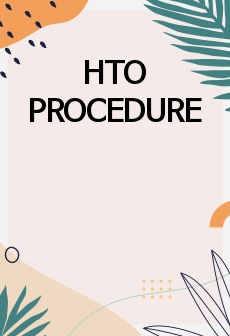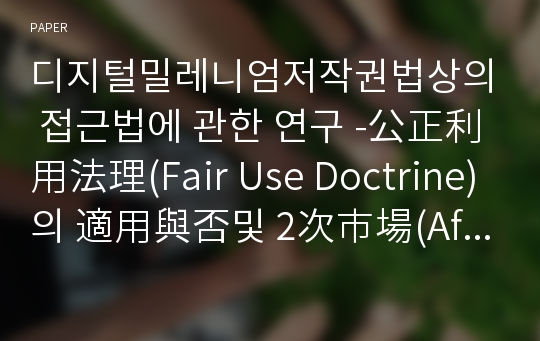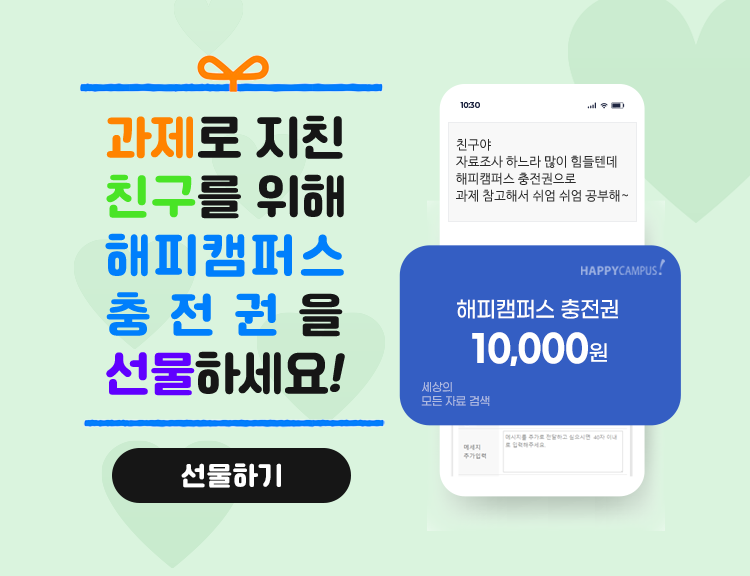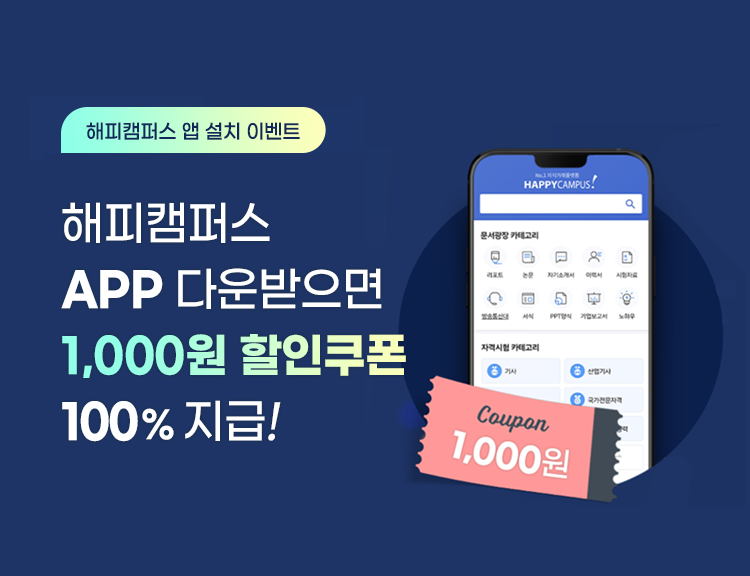* 본 문서는 배포용으로 복사 및 편집이 불가합니다.
서지정보
ㆍ발행기관 : 서울대학교 기술과법센터
ㆍ수록지정보 : LAW & TECHNOLOGY / 5권 / 2호
ㆍ저자명 : 신도욱
목차
Ⅰ. 技術的保護措置의 一般論
Ⅱ. 技術的保護措置의 保護立法例및 DMCA 內容分析
Ⅲ. 接近權(Access Right)認定과 關聯된 美國의 論議
Ⅳ. 接近權과 公正利用法理(Fair Use Doctrine)의 適用與否 및 最初販賣原則(First Sale Doctrine) 適用與否
Ⅴ. 接近權濫用과 2次市場(Aftermarket)에서의 公正競爭問題
Ⅵ. 우리나라에의 示唆點
Ⅶ. 結論
한국어 초록
情報通信技術의 發達로 저작물을 둘러싼 환경이 디지털化되고 있다. 이에 따라 저작물이 보다 쉽고, 빠르게, 널리 배포될 수 있는 여건이 조성되었지만, 저작권에 대한 侵害危險이 높아진 것도 사실이다. 이에 따라 저작권자 및 이해관계자들은 저작물을 보호하기 위한 방안으로 技術的保護措置(Technological Protection Measures, 이하‘技術的保護措置’라 한다)1) 개념의 도입을 추진하였다. 하지만 디지털 기술의 발전은 技術的保護措置를 回避2)하는 기술의 발전도 가져오게 되어 技術的保護措置에 대한 法的保護必要性이 커지게 되었다. 그래서 세계지적재산권기구(The World Intellectual Property Organization : WIPO, 이하 ‘WIPO’라 한다.)는 1996년 12월 20일에 제네바(Geneva)에서 WIPO 저작권 조약(WIPO Copyright Treaty, 이하‘WCT’라 한다.)을 체결했고 그 내용은 각국에 技術的保護措置를 회피하는 것에 대하여 적절한(adequate) 법적 보호와 효과적인(effective) 법적 구제수단을 제공하여야 한다는 것이다. 이러한 입법의무에 따른 입법 중 1998년 제정된 미국의 디지털밀레니엄저작권법(Digital Millennium Copyright Act, 이하‘DMCA’라 한다)은 저작권자에게 저작물에 대한 접근을 통제할 수 있는 接近權(Access Right)3)을 인정하였는데, 이와 관련해서 많은 法的
영어 초록
The most recent trends in information technology have led to copyrighted works beingdigitalized. This has allowed copyrighted works to be distributed more efficiently and at a fasterpace. This in turn has allowed users more access to pirate the copyrighted works. In order toprotect their copyright, the owners introduced a concept called the Technological ProtectionMeasures (hereinafter “TPMs”). However, the need for legal protection of copyrighted material increased due to thedevelopment of technology circumventing the TPMs. In this regard, the World Intellectual PropertyOrganization (hereinafter “WIPO”) drafted the “WIPO Copyright Treaty,”which provides thatcontracting parties shall provide adequate legal protection and effective legal remedies against thecircumvention of copyright protecting technology.Through the Digital Millennium Copyright Act (hereinafter “DMCA”), the U.S. has allowed thecopyright owner to have “access rights”over their copyright, a right to restrict a user’s access tothe copyrighted works. On April 2, 2007, the Korea- U.S. Free Trade Agreement (hereinafter“FTA”), though not yet ratified, also includes this “access right”concept. This paper investigates the various arguments over DMCA’s access right concept and looks tofind the lessons that can be learnt by Korea. The topics that were most fervently discussed werewhether the fair use doctrine was an adequate defense to infringing a copyright owner’s accessright, and how to prevent the abuse of access right by copyright owners in the secondary market.Chapter one of this paper studies the general features of TPMs. The definition of TPMs is themeans used by authors in connection with the exercise of their rights under WIPO Treaty or theBerne Convention and that restrict acts, in respect of their works, which are not authorized by theauthors concerned or permitted by law. Some distinguished features of TPMs are Digital RightManagement, temporary copy, and reverse engineering.Chapter two studies TPMs related legislations in other countries, and investigates the contentsof DMCA. DMCA rules the prohibition against circumventing the access control and trafficking incircumvention devices and services. It also rules the exceptions of each prohibition. The specialfeature of DMCA is to accept the notion of access right. Chapter three studies the disputes about the acceptance of the access right in U.S. The definition of access right is the right to control the manner in which members of the publicapprehend the work. There is no other legislation ruling the access right without DMCA. Theacceptance of access rights has created a heated debate over how to balance the interests betweenthe benefits gained from better access to culture and art and the benefits of protecting the rights ofthe copyright owner. The solution to this problem has an additional issue of the need to establish aclear relation to the copyrights already in existence. Chapter four studies whether the fair use doctrine can be applied to defend access rightinfringement. When users access copyrighted works for academic research by circumventingaccess rights, will the fair use defense provide them immunity? U.S. courts have pointed out thatfair use defense is not for the “access”control, but for the “use”control. But this paper disagreeswith this contention, and concludes that the fair use defense should be effective when there is nocopyright infringement. Another topic of chapter four is whether the first sale doctrine is stilleffective after accepting the concept of access right. This paper concludes that the first saledoctrine could be applied in the case of circumventing the access control for fair use. However, thescope of fair use in this case should be restricted because of the ease of distributing digital works. Chapter five studies the misuse the access right in the aftermarket. Access rights gave thecopyright owners the power to control the interoperability with the original products. Using thispower, the producer of these products could banish the competition in the aftermarket. However,U.S. courts have halted these attempts concluding that competitors in the aftermarket couldcircumvent access control without being violating DMCA’s access rights. This paper agrees withtheU.S. courts’conclusions in part, but suggests that those who are trying to maintain themonopoly through DMCA bear the burden of proof that the defendants violated DMCA. Chapter six discusses the lessons learnt from the arguments discussed above, and introduces abill to the Korean legislators regarding TPMs. This paper concludes that we have to put emphasison the coordination between our established copyright systems and access right. In addition, wehave to limit access right infringement to certain situations of copyright violations, and preventmisuse of access rights in the aftermarket.
참고 자료
없음
"LAW & TECHNOLOGY"의 다른 논문
더보기 (3/8)


























